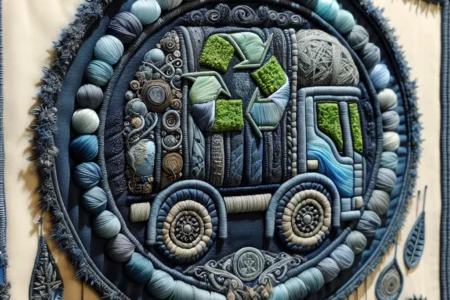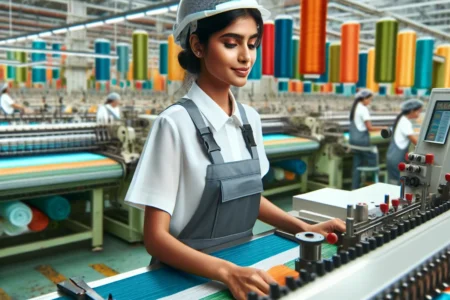The history of sustainable clothing is a journey that spans from traditional practices to modern innovations. From ancient civilizations like India and Japan, where techniques like patchwork and darning were employed, to the industrial revolution that led to mass production and fast fashion, the evolution of societal values and technological advancements have greatly influenced sustainable clothing practices. However, in recent decades, there has been a resurgence of interest in sustainable clothing, driven by a growing environmental and ethical awareness, leading to innovations in eco-friendly materials, circular design principles, and technological advancements in the fashion industry. Understanding this historical trajectory enables us to appreciate the fusion of tradition and innovation in the contemporary sustainable fashion movement and paves the way for a more eco-conscious and circular model in the future. If you’re curious about the innovations in sustainable fashion and the emerging trends and technologies shaping the future of clothing, this article is a must-read.





